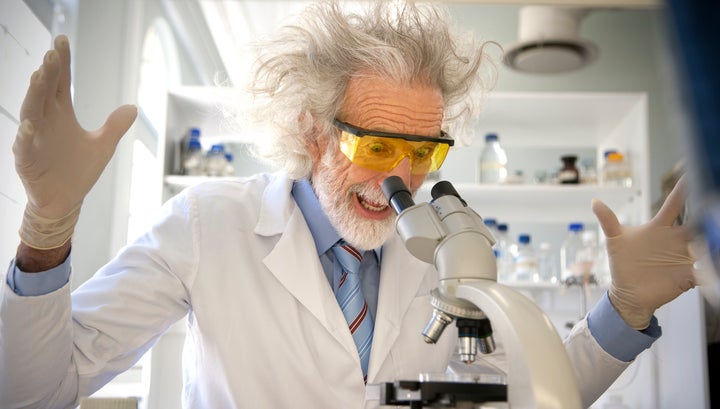
Fake news has suddenly become a front-burner national issue, but it has not come out of nowhere. Ask a pediatrician. Ask a journalist. Ask me.
Thousands of parents now refuse to have their children vaccinated for measles, mumps and rubella (MMR) because they believe the vaccine can cause autism. As a result, measles is enjoying a kind of American renaissance, striking dozens if not hundreds of kids each year. 2017, it now appears, could be a breakout year for the disease.
What led so many parents to their belief? A research paper published in the British journal The Lancet in 1998 which, it turned out, contained false claims and critical omissions that were used to create a scare from which the author could profit. The Lancet retracted the article in 2010 (see here and here), but the seed it planted grew in the fertile ground of the Internet.
Genetically modified organisms (GMOs) are another example. This is a subject close to my heart, because I helped pioneer their use in agriculture some 20 years ago. And although a full accounting of the fabrications, distortions, and junk science on this topic could fill a book, the following episode is one of the more telling:
In 2012, a group led by the French scientist Gilles-Eric Seralini published a study claiming that Monsanto’s genetically modified corn and glyphosate-based herbicide caused cancer in laboratory rats. Scientists around the world immediately shot holes in the work, and the next year, the scientific journal that had published it retracted it, citing a too-small sample size and other errors.
Meanwhile, however, respected news outlets had flung the original story around the world. And very quickly the damage had been done.
Under circumstances like these, it’s hardly surprising that the public’s attitudes toward GMOs are not consistent with those of the scientific community. The National Academy of Sciences, the American Association for the Advancement of Science, and other reputable scientific groups from around the world have all attested to the safety of eating the foods grown with GMOS, but the Pew Research Center found in 2014 that 57 percent of Americans believed it was generally “unsafe to eat genetically modified foods.”
But again, who can blame the public? Especially considering:
In 2014, a group including John Bohannon, an American journalist and biologist, conducted a deliberately worthless study. Eating chocolate, it purported to show, helps people lose weight. The group submitted their “study” to an online “scientific journal”. They followed up with a well-written press release, and voila, news coverage rattled around the globe.
Here’s the whole story: “I Fooled Millions into Thinking Chocolate Helps Weight Loss. Here’s How.” Read it and weep, as they say, because how are we as a nation going to make rational decisions related to science and medicine if this is our information environment?
I’m glad to see that Facebook and other tech giants are beginning to take this issue seriously. But meanwhile, how can individuals protect themselves? And how can scientists do a better job of communicating what we know?
Some of the answers are obvious. Consumers of news should evaluate the source of a story as well as its content. What are the source’s credentials as journalists or scientists? What are other news outlets saying, if anything, about the same subject? If a scientific journal is involved, how reputable is it? In the age of social media, it’s our responsibility to read beyond scandalous and potentially misleading headlines competing for clicks.
Doing this kind of research can obviously be time-consuming, and still won’t guarantee full-proof protection. But it’s a start.
The scientific community, however, also needs to do a better job of addressing what is called the “science communication problem.”
Scientists, like many of us at Monsanto, need to realize that if they leave the communication to other parties, the results won’t necessarily be scientifically sound. We at Monsanto made that mistake for years; we focused on our farmer customers and didn’t engage with the public, and we paid a price in reputation.
But we scientists need help ourselves. The notion that all we need to do is pour more of our knowledge and reasoning into the public sphere is not borne out by the facts, according to some studies, like this one by Professor Dan Kahan of the Yale Law School.
So we need to pay attention to what the science of science communication itself is telling us. And we need help from the social psychologists and anthropologists and all the other experts in human communication out there.
Not only scientists, but all of us should recognize that many of the most important forces shaping the 21st century will tie to science. The least we should be able to do is work through these issues with facts and genuine information as our guide.
